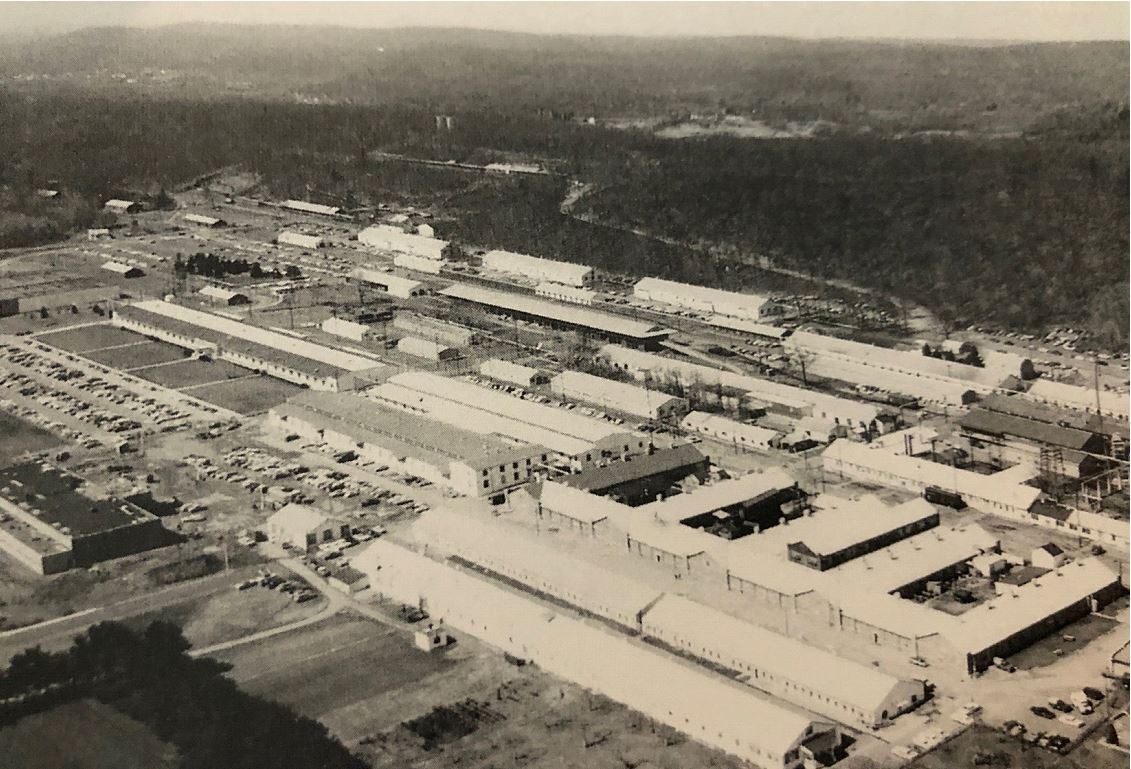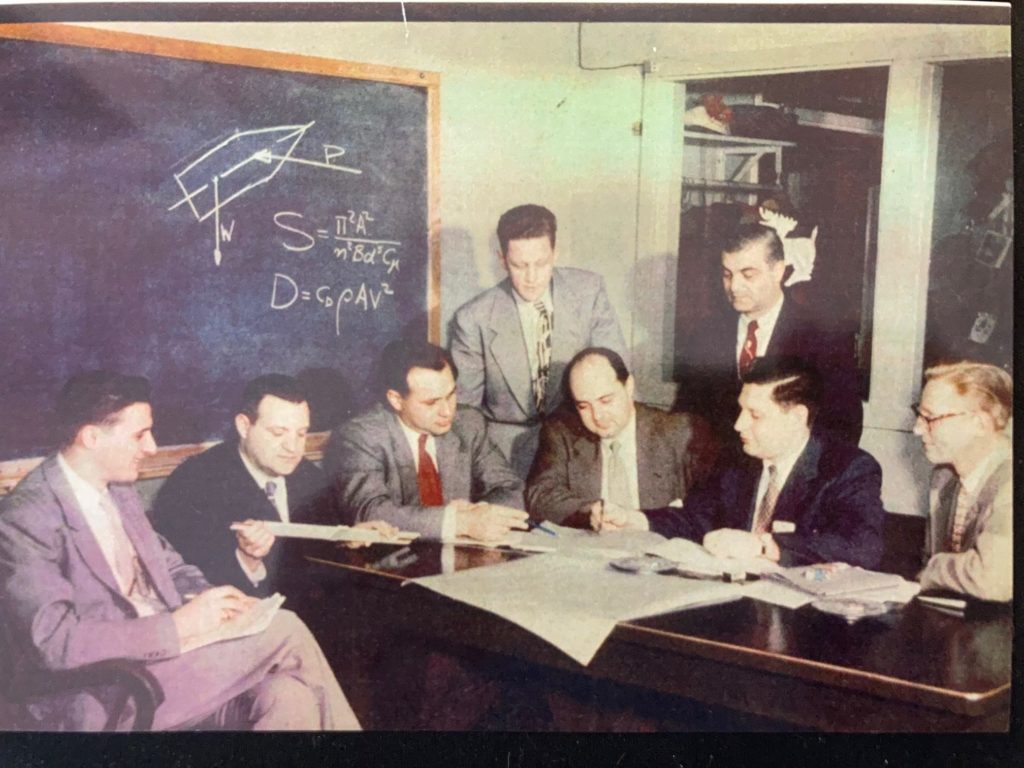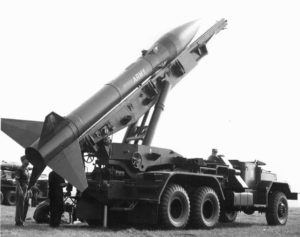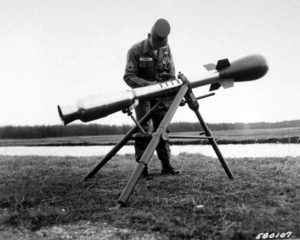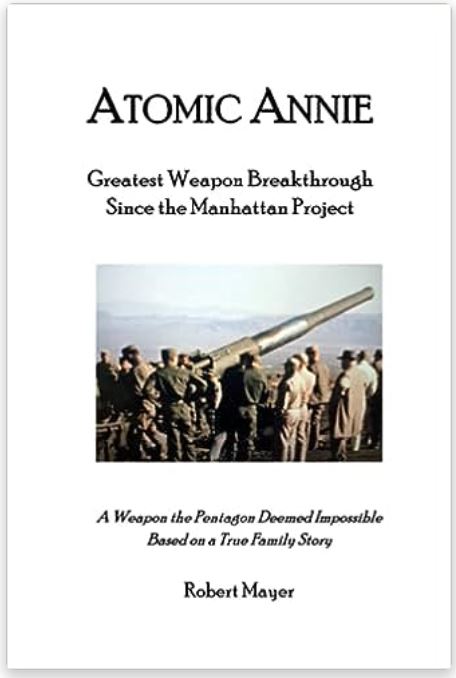The USSR-USA Cold War began after the USSR failed to live up to Stalin’s agreements during the waning months of WWII. It took President Truman and our political and military leaders some time to decide that the USSR was a post War enemy, despite being allied during the war. While no hard date can be assigned to the start of the Cold War, in September, 1946 it became apparent to President Truman and our government. The USSR initiated hostilities against the US, France and England by sealing off our sectors in June of 1948. Considered a provocation and “act of war”, Russia blockaded all land and water access to Berlin sectors under the Western Allies control. Declining the USSR’s challenge, President Truman and the United States teamed with European Allies and initiated the Berlin Air Lift so West Berlin could get essential supplies of food and fuel. American and British Air Forces flew over Berlin 250,000 times during the 15 month airlift, dropping food and fuel into the Western Controlled sectors. The USSR, embarrassed by it’s miscalculation, that the airlift was impossible, lifted its blockade in mid 1949.

Truman raises the flag of liberation over Berlin in 1946. Flanked by Generals Dwight Eisenhower and George Patton on his right and Omar Bradley and Lucius Clay on his left.

Pic of crowd of 200,000 Berliners protesting USSR blockade on Berlin in September of 1948.

Throwing candy to the waiting children in Berlin and celebrating the airlift victory over the USSR in 1949.


